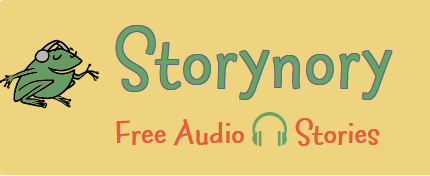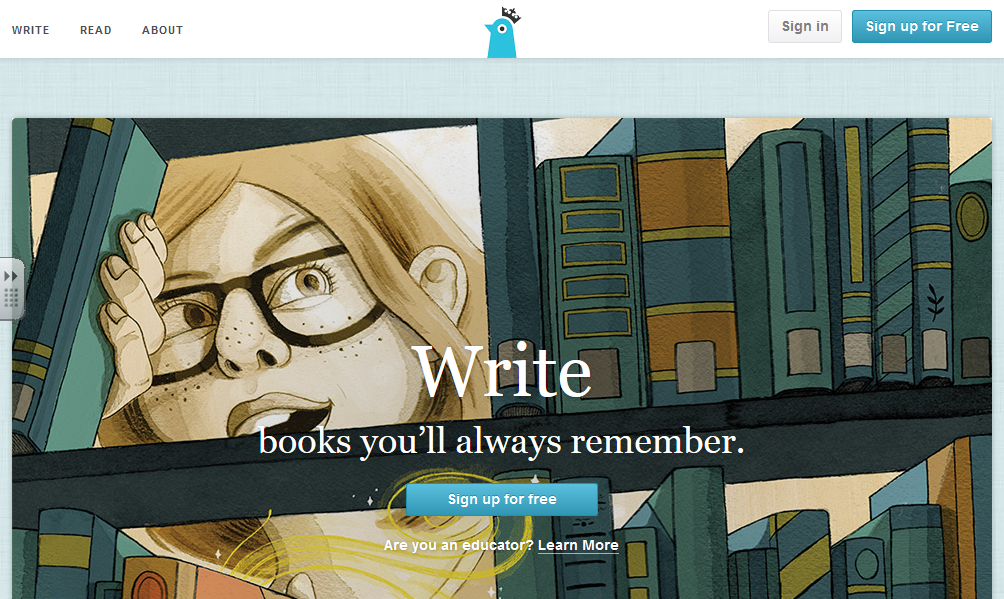One of the benefits of collaboration is the ability to beg, borrow, and steal! During last week's LNW, several fourth and first grade teachers shared some of their favorite resources with us. Check them out!
Mandy Beckler at Mathews shared a great reading response sheet with fourth grade teachers. For each group/book she found relevant
questions for the genre of book and the skills they were studying. She wrote a question on each square. Students would be given a sticky note to write
the answer for each of the questions. When they answered the question,
they would cover that square with their sticky note answer. If evidence was
needed from the text, they would write the page number at the bottom of the
square. During their discussion after reading, students would compare their
answers. Of course, some questions would vary as students interpreted
elements differently, but the “right there” questions should be the same or
similar among all students. It was a great conversation starter about the
book at the beginning of each group. Thanks for sharing, Mandy! Mandy also shared a list of questions for FICTION and NONFICTION texts!
Taylor Mitchell, fourth grade teacher at Summit Intermediate, shared a site she uses when her students are studying famous Missourians. The State Historical Society of Missouri offers lots of biographies for famous Missouri!
Jaclyn Donald, first grade teacher at Century, uses the Notability app on her iPad for conferences. Notability is a powerful note-taker that allows you to annotate documents and forms, record conferences, and share your notes.
During our visit to Jacinda Weldy's first grade class at Century, we snapped a picture of the form she uses for anecdotal records. Like we discussed during LNW, there are LOTS of ways to collect your data and anecdotal records. The important thing is that you find a way that works for you that allows you to easily record and use data. The more we share our records with each other, the more options we have for tweaking our own form until we find what works for us!
Josh Gasser's first grade students post their writing goals goals on their desks for as a reminder. Students set new goals once they have mastered their current writing goal.



















